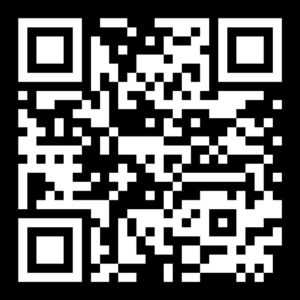Wildfires
Wildfires are fast-moving, uncontrolled fires that burn vegetation, forests, grasslands, and sometimes entire communities. Fueled by drought, heat, wind, and flammable material, wildfires can ignite from natural causes like lightning or human activities such as discarded cigarettes, power lines, or arson.
The U.S. experiences thousands of wildfires annually, particularly in California, the Pacific Northwest, the Mountain West, and Southern states. Fires spread rapidly, creating toxic smoke, structural damage, power outages, and forced evacuations—often with little warning.
Key Dangers of Wildfires
- Rapid, unpredictable spread—especially with wind gusts
- Air quality degradation from smoke and fine particulates
- Infrastructure damage: homes, roads, and utilities
- Secondary disasters like landslides after vegetation is destroyed
Preparedness Tips
Before fire season
- Create defensible space by clearing flammable brush 30–100 ft from your home
- Use fire-resistant landscaping and construction materials
- Clean gutters and roofs of leaves and debris
- Know at least two evacuation routes from your home
- Prepare a Wildfire Go-Bag with:
- N95 mask
- Headlamp and flashlight
- Copies of important documents
- Extra clothes and shoes
- Medications, food, and water for 3–5 days
Home hardening
- Install spark arresters on chimneys
- Use metal mesh to cover vents and eaves
- Store firewood and propane away from structures
- Consider installing sprinkler systems or rooftop water tanks
During a Wildfire
If told to evacuate:
- Leave immediately—delays cost lives
- Bring your go-bag, pets, and essentials
- Wear long sleeves, pants, boots, and respiratory protection
- Shut off gas lines and close all windows/doors before leaving
- Don’t wait for fire trucks—go as soon as evacuation is advised
If trapped:
- Shelter inside a vehicle or building—avoid open terrain
- Lie low on the floor and cover yourself with a blanket
- Call 911 with your location
- Signal with lights or fabric for rescue
After the Fire
- Don’t return home until cleared by authorities
- Watch for hot spots, gas leaks, or structural damage
- Document damage for insurance and FEMA claims
- Wear gloves and masks when cleaning ash or debris
- Check air quality reports before spending time outside
Smoke and Air Quality Hazards
- Wildfire smoke contains PM2.5, carbon monoxide, and toxic compounds
- Vulnerable individuals (children, elderly, asthmatics) should stay indoors
- Use HEPA air purifiers and seal rooms when smoke is heavy
- Limit strenuous activity and use N95 masks outdoors if necessary
Key Resources
- Cal Fire (for California)
fire.ca.gov - National Interagency Fire Center (NIFC)
nifc.gov - AirNow Wildfire Smoke Tracking
airnow.gov/fires
Recommended Apps
- FEMA App – Alerts, shelters, and emergency updates
fema.gov/mobile-app
- IQAir – Real-time air quality index (AQI) data
iqair.com
- Watch Duty – Real-time wildfire alerts from verified sources
watchduty.org
